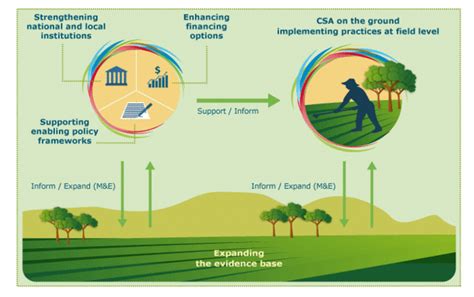Building Resilient Tokenomics Models with AI
In the cryptocurrency space, tokenomics plays a key role in shaping the underlying structure and dynamics of a project. It encompasses various aspects such as supply and demand, token distribution, and economic incentives to create a stable ecosystem. However, tokenomics models are often criticized for being simplistic or opaque, leading to inefficient resource allocation and unpredictable market behavior.
Traditional tokenomics models rely heavily on manual analysis and assumptions, which can lead to errors and inconsistencies. Furthermore, integrating AI into tokenomics offers a promising solution for creating more robust and resilient systems. In this article, we will explore how AI can enhance tokenomics models, allowing organizations to create more accurate and efficient models.
Challenges with Traditional Tokenomics Models

Traditional tokenomics models are based on manual analysis, which has several disadvantages:
- Limited Data Availability: Without sufficient data, it is difficult to create a comprehensive model that accurately reflects market behavior.
- Lack of Transparency: Manual analysis can be opaque, making it difficult for stakeholders to understand the underlying assumptions and logic of the model.
- Error-Prone: Human judgment and interpretation can introduce errors into the model, leading to suboptimal resource allocation.
Advantages of AI-Driven Tokenomics Models
AI technology offers several advantages in creating more robust tokenomics models:
- Data-Driven Statistics: Machine learning algorithms can analyze vast amounts of data from various sources and provide accurate predictions and statistics.
- Consistency and Automation: AI can process large data sets quickly and consistently, reducing the time it takes to update a model.
- Improved Transparency: AI-powered models are more transparent and allow stakeholders to understand the underlying assumptions and logic.
How AI can improve tokenomics models
Several AI techniques can be used to improve tokenomics models:
- Machine Learning (ML) Algorithms: ML can be used to analyze historical data, predict market trends, and identify patterns.
- Natural Language Processing (NLP): NLP can help extract relevant information from textual data, such as news articles or social media posts.
- Graph Neural Networks (GNN)
: GNNs can model complex relationships between tokens and assets, enabling more accurate predictions.
Example of an AI-Driven Tokenomics Model
Let’s consider a hypothetical example of a tokenomics model for a cryptocurrency project. The goal is to predict the market value of a token based on various factors such as supply and demand, market cap, and sentiment analysis.
Model Development
- Data Collection: Collect historical data from various sources including cryptocurrency exchanges, news articles, and social media.
- Data Preprocessing: Clean and preprocess the data to remove noise and irrelevant information.
- Feature Engineering: Extract relevant features from preprocessed data such as supply, demand, market cap, and sentiment analysis.
- Model Training: Train an ML algorithm using a dataset created by the features to predict the value of a token.
Example of an AI-driven tokenomics model
Here is a simple example of how an AI-driven model can be implemented:
“`python
import numpy as np
Load data from various sources
data = pd.read_csv(‘market_data.csv’)
Preprocess data
X = data.drop([‘target’], axis=1)
y = data[‘target’]
Functional engineering
X[‘supply’] = X[‘supply’].apply(lambda x: float(x) / 1000)
X[‘demand’] = X[‘demand’].


